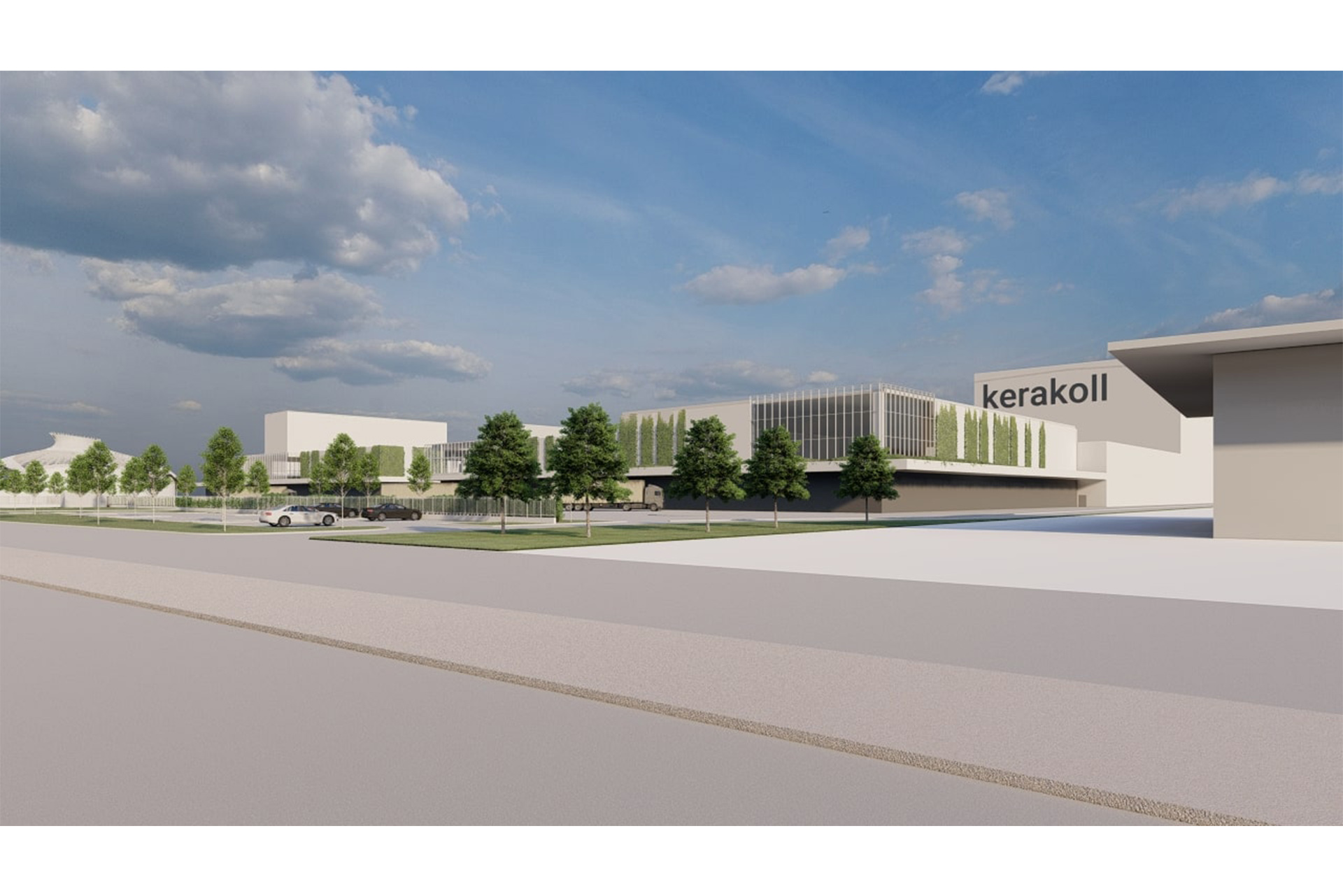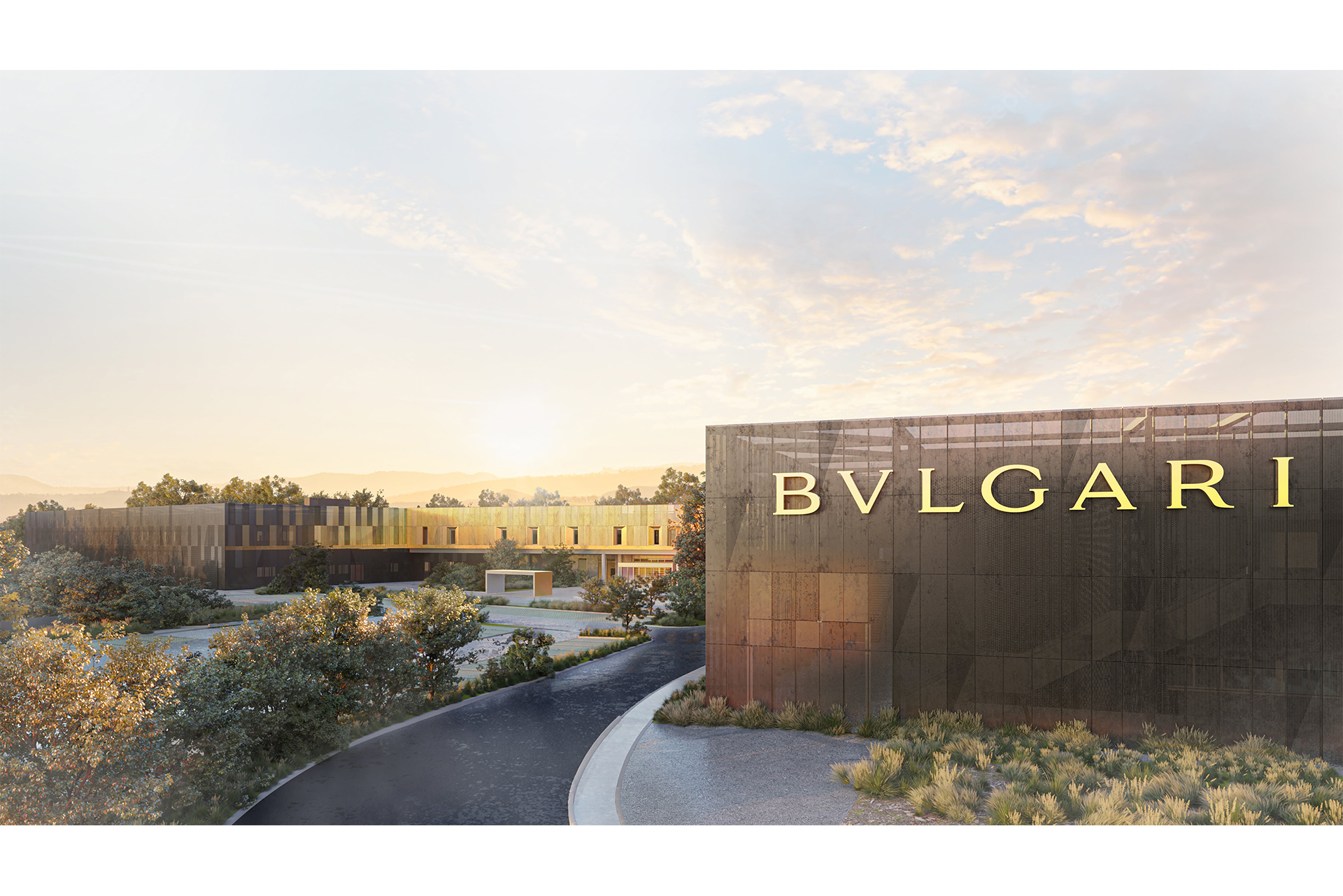

| CANVAS OF PLANS & DRAWINGS |
INTERIOR & DÉCOR, but with a twist |
| HOTELS & RESTAURANTS, beyond mainstream |
Notes on ART |
| Into big AFFAIRS | INSIDERS |
| GLIMPSES | |
Keywords:
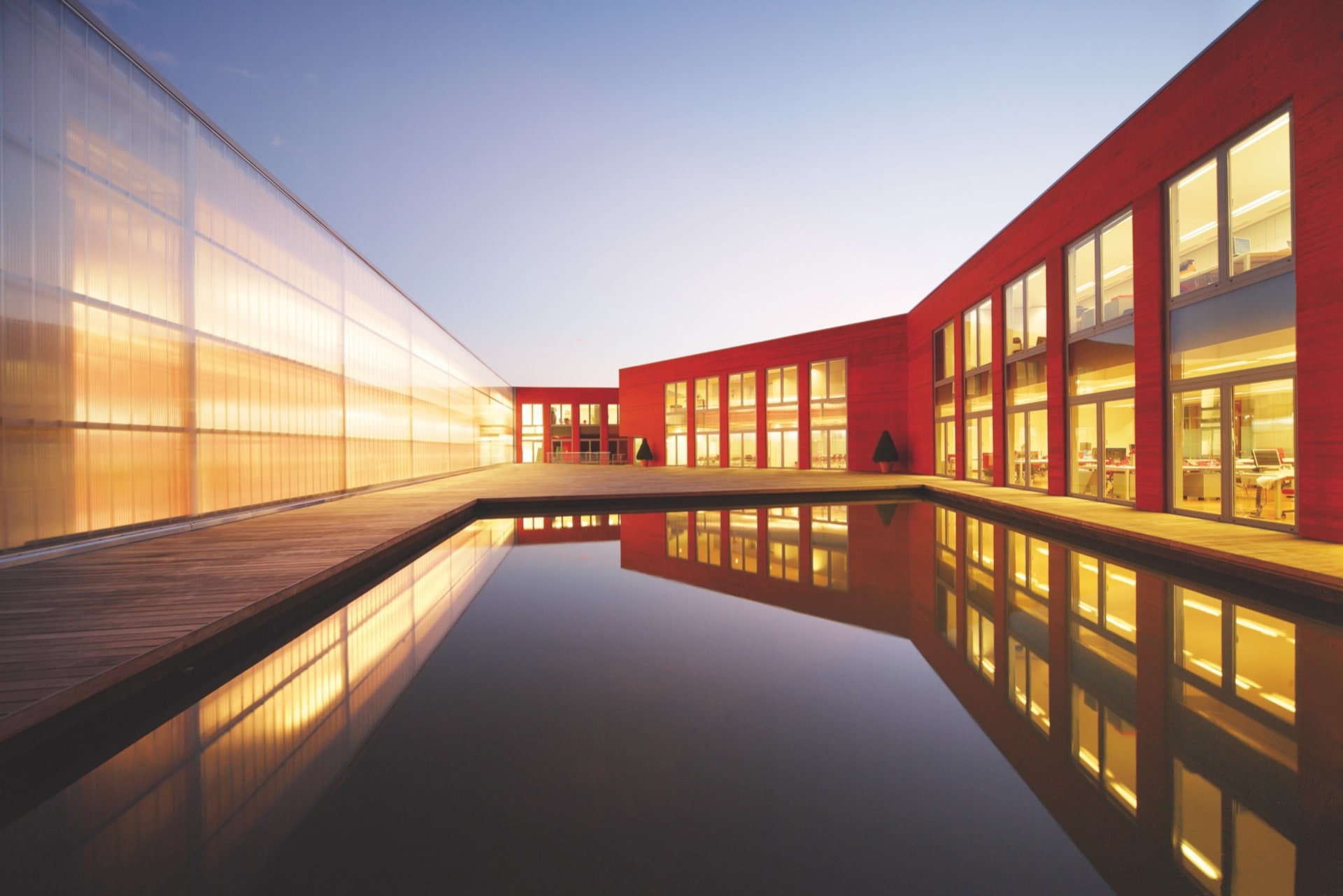
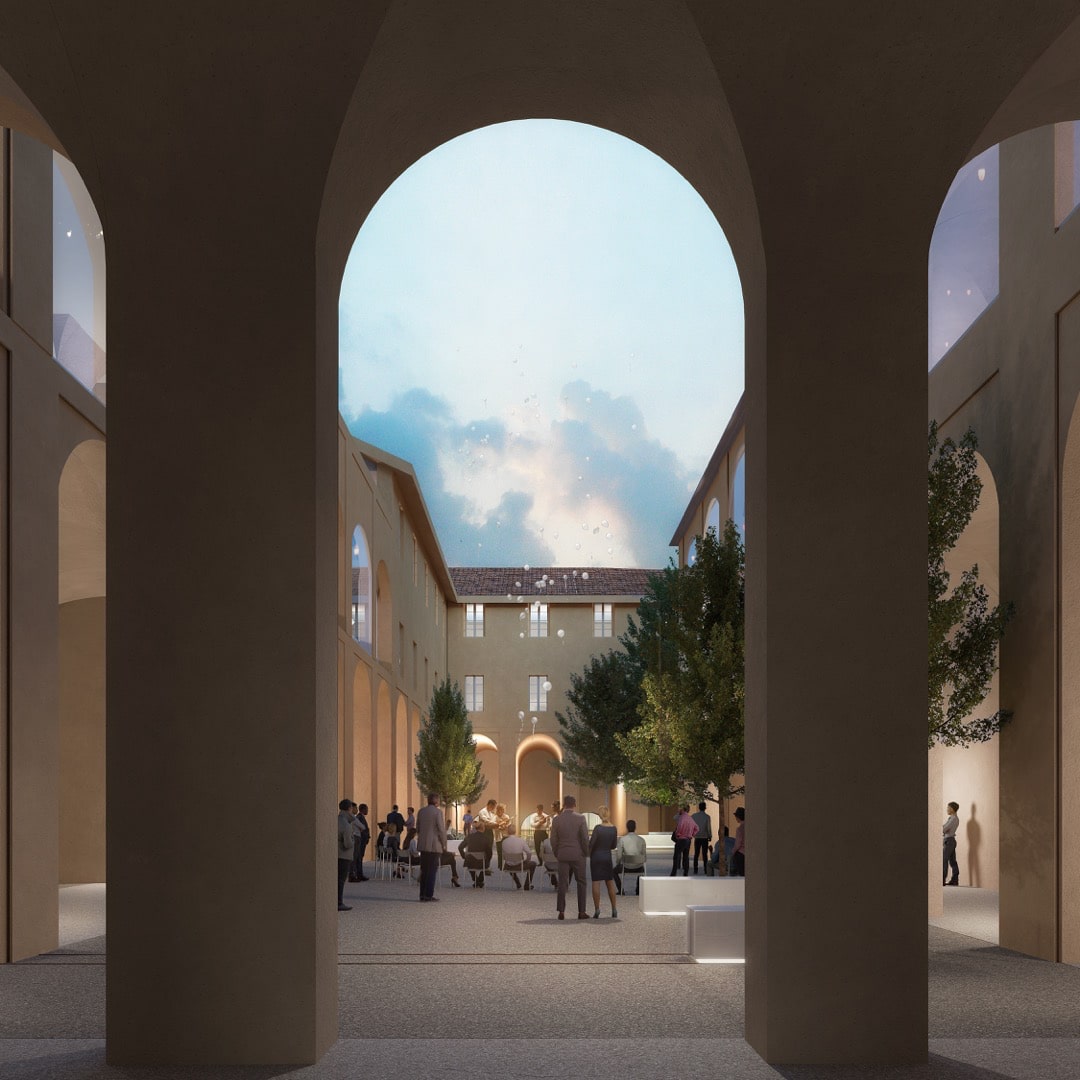
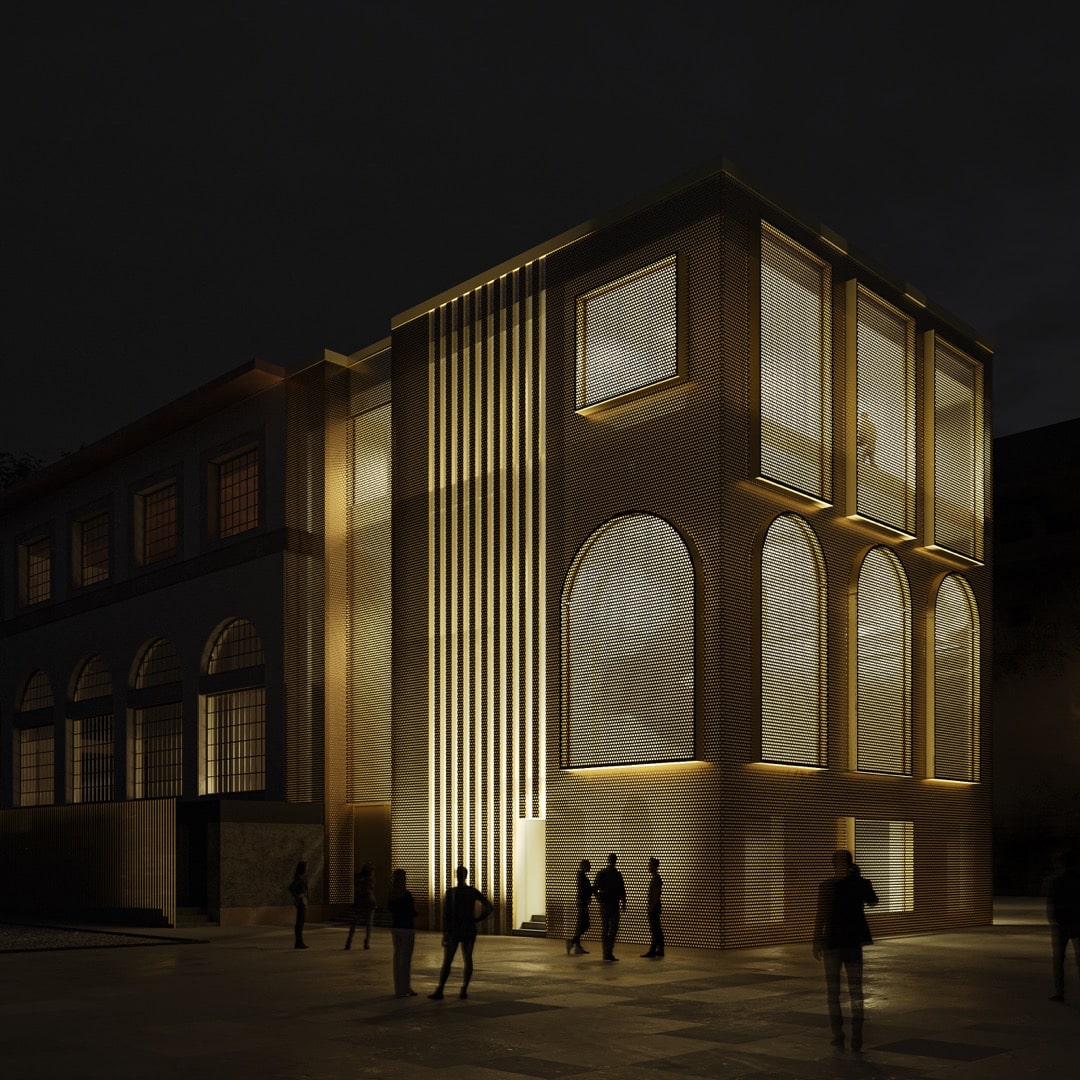
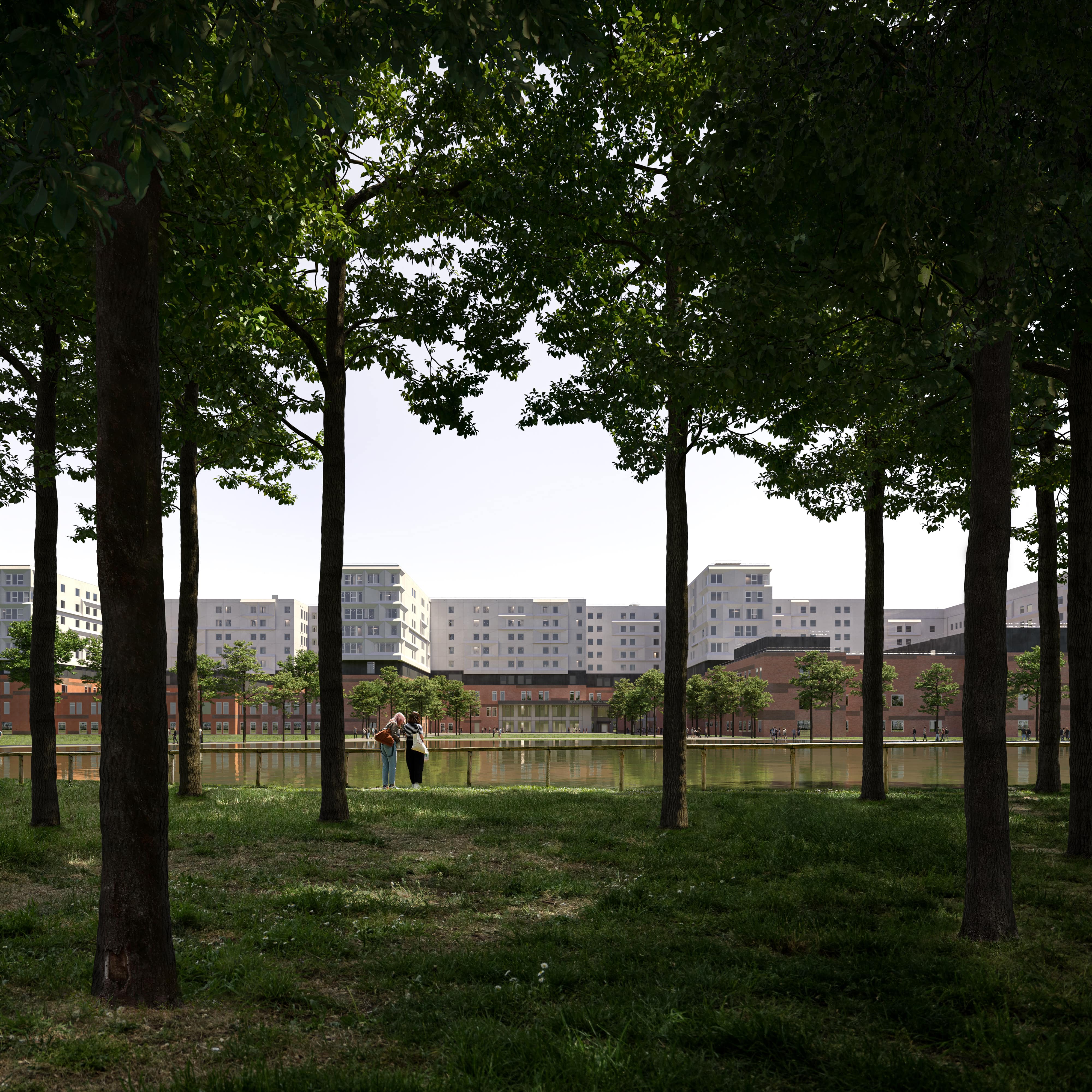
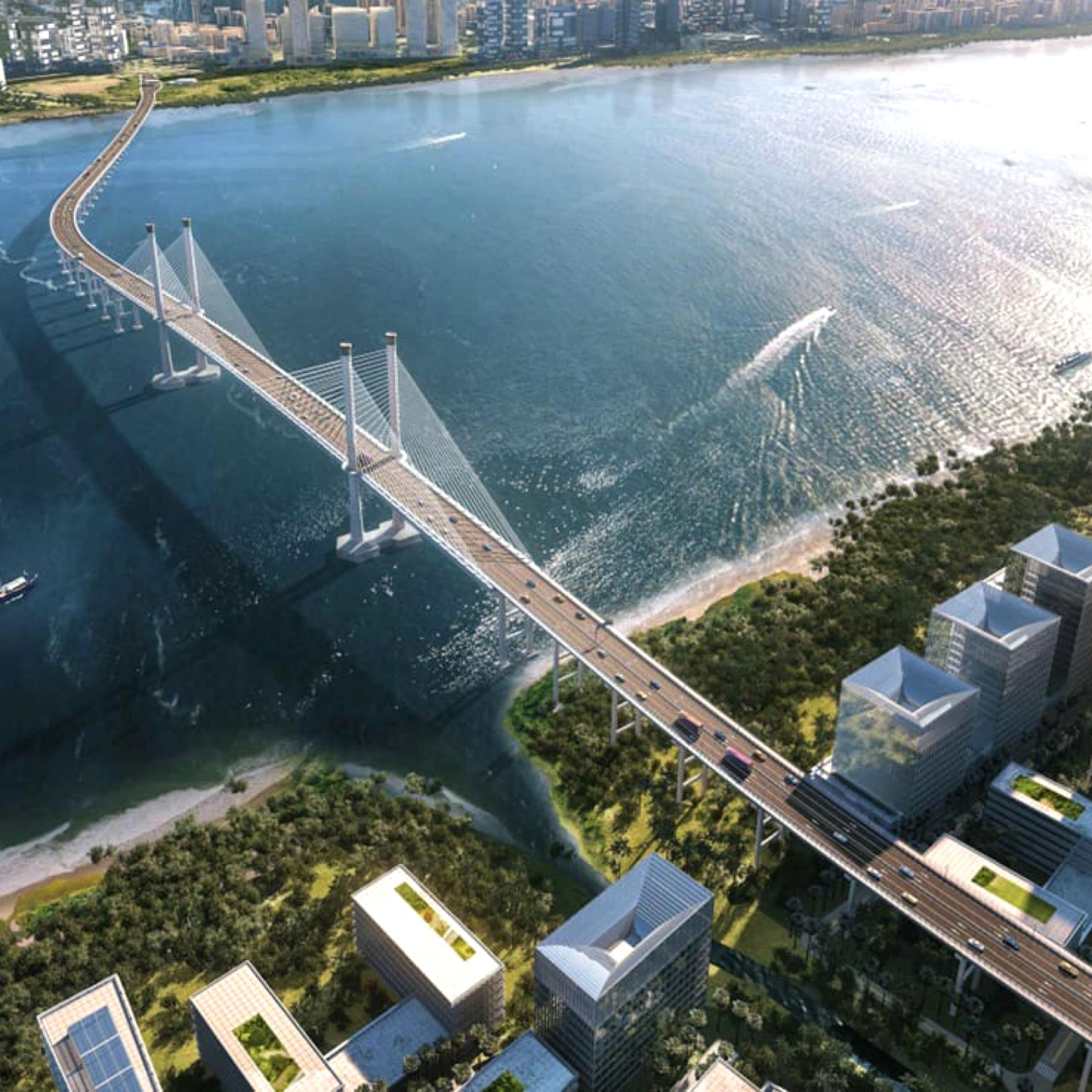
On the one hand I would think of some very common ones, such as “sustainability”, a word that, if you do not give it a real content, remains empty. It is a word perhaps inflated, that we are tired of hearing, but that we have not practiced enough, as evident from the results of our daily lives. Then, to choose a more unusual one, I would say “humanity”. In my opinion this term covers all the facets of the others I could choose. When you look at the world with humanity and empathy, the themes of sustainability and inclusiveness in respect of future generations become natural facts. Although we are neither philosophers nor sociologists, our work has a great impact on people’s lives, on our world and on our cities. The humanist approach towards a technical profession such as ours is another of our characteristics.
